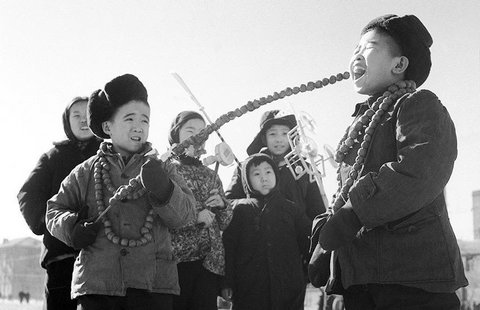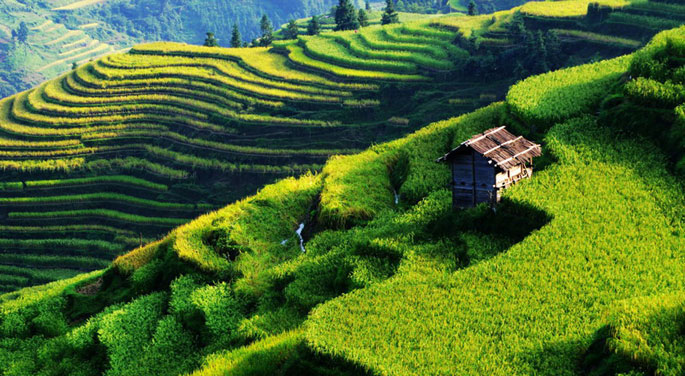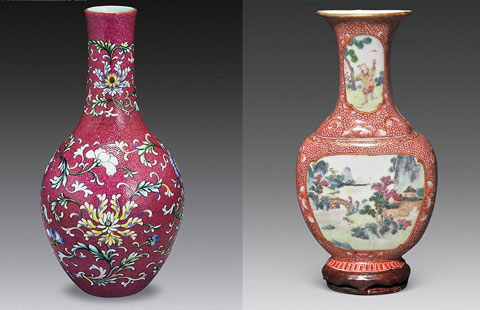 |
|
A collaborative agreement about the establishment of a Center of Traditional Chinese Medicine in Australia is signed by Xu Anlong, president of Beijing University of Chinese Medicine and Barney Glover, vice chancellor of the University of Western Sydney, in the presence of Tony Abbott, prime minister of Australia and Xi Jinping, president of the People’s Republic of China on Nov 17, 2014.
|
TCM as a Huge Economic Resource
Culture and economy is a perfect blend, they can never be thoroughly separated from each other. As a splendid part of traditional Chinese culture, TCM always indicates abundant economic opportunities. Surveys show that there are more than 2,500 companies specializing in Chinese patent medicine, with a total output value of more than 600 billion yuan, which accounts for about one third of the entire medical industry. Today, the planting areas for Chinese medical herbs in China occupies more than 20 million Mus. It’s estimated that TCM life nurturing and well-being services, as a new economic growth point, will surpass 2 trillion yuan in total scale. Take 2013 for example. China in this year exported Chinese medicinals to more than 160 countries, with a total profit of over $5 billion.
Opportunities for International Communication of Traditional Chinese Medical Culture
The "One Belt and One Road" initiatives, proposed by President Xi Jinping when he paid separate visits to Kazakhstan and Indonesia in September and October 2013, were warmly welcomed and are being turned into practice by joint efforts with countries along the Belt and Road. The proposal has risen to an extremely important national strategy politically, diplomatically and culturally and will be for years to come.
In history, China has carried out rich cultural exchanges with countries along the Belt and Road, including exchanges of medical culture. According to the early historical records like "Records of the Grand Historian" and "Book of the Later Han", since the very beginning of Zhangqian’s dispatch to Xiyu (literally "Western Regions") in the Western Han Dynasty, trade of Chinese medicinals between China and the Silk Road countries occurred. It’s recorded that from then on, Cinnamomum cassia (rou gui) , Rheum officinale (da huang) and other Chinese medicinals were exported from China and that Psidium guajava (fan shi liu), Cornu rhinocerotis (xi jiao), Hawksbill Carapace (dai mao) and others were imported into China along the Silk Road. The cultural communication in the medical field reached its peak in the Tang Dynasty through both the Silk Road by Land and the Maritime Silk Road. In Lixun’s Extrinsic Materia Medica (Hai Yao Ben Cao), Tridacna (che qu), Tuisia morsei (cha zi gu), Persian alum (bo si bai fan), Rhizoma corydalis (yan hu suo) and others were imported through Guangzhou, which to some extent pushes forward the development of ancient Chinese pharmacology.
























 Raymond Zhou:
Raymond Zhou: Pauline D Loh:
Pauline D Loh: Hot Pot
Hot Pot Eco China
Eco China China Dream
China Dream China Face
China Face






